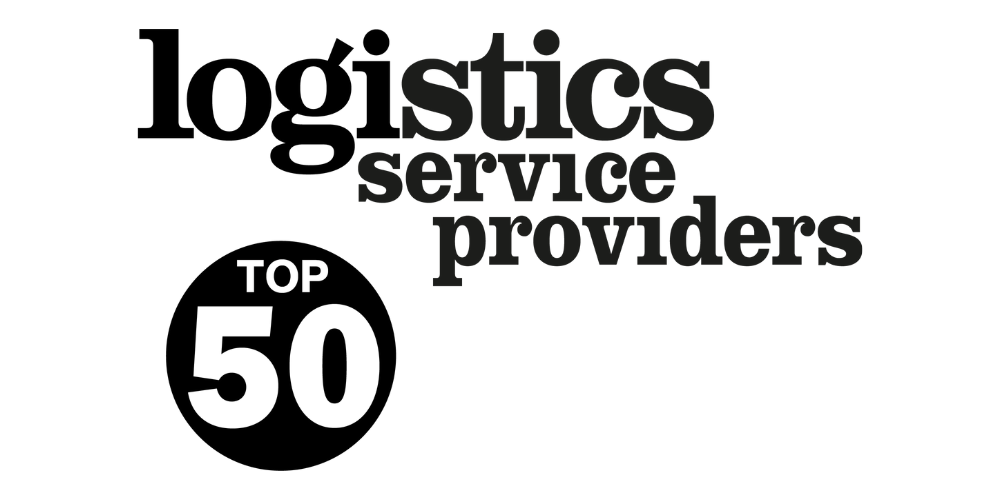Supply chain execution systems are demonstrably sophisticated and certainly vital – but hardly sexy. However, that could all be about to change as suppliers harness some of the most desirable gadgets on he planet – the iPhone and iPad – to offer managers innovative ways of accessing their systems.
Andrew Kirkwood, senior vice president and executive director of RedPrairie, sees opportunities to harness the capabilities of iPhones and iPads to offer ways of interacting with the software that simply weren’t available before.
He points to the move from text-based systems to Windows and the impact that had on the way systems were used. The next step, he says, is to create new ways of accessing SCE systems using some kind of dashboard on the new generation of portable devices. These would be particularly valuable for supervisory roles. The RedPrairie system already supports the Blackberry and iPhone, he points out.
This view is reinforced by Clive Fearn of The Barcode Warehouse who sees strong demand for visibility products. “Presently the technology we are implementing most within SCE is to take the visibility of stock and orders outside of the four walls and into the logistics network. Gone are the days for the leading companies when a driver left in the morning using pen and paper and the first you knew of mis-deliveries, shortages, breakages and so on, was at 5pm that night. Real-time, online visibility is driving better efficiency and customer service. It is sweating the assets and delivering continuous improvement initiatives such as load utilisation.”
The need to cut costs and maintain cash in the business during the recession means that many companies put investment plans on hold – and nowhere has that been more apparent than in the supply chain execution market. But all the signs are that demand is picking up. Kirkwood says RedPrairie is experiencing a “very robust” market in the UK. “We are exceeding our targets,” he says. “There is pent up demand from retailers – across the board there is strong demand.”
However, Allen Scott of @logistics Reply is more conservative in his assessment: “There are many companies who would like to invest in latest technology, however the impact to the bottom line, the challenges in obtaining investment from banks and the fear that we are not out of recession yet is causing many companies to refrain from major investment programmes. Projects, however, which achieve a fast return on investment or are considered very low risk are being approved.
“The third party logistics sector is stronger with a number of smaller players currently looking to replace systems due to the ongoing strengthening of their businesses as companies focus on core competencies and outsource logistics to third parties.”
A recent study by AMR Research, which revealed that 44 per cent of executives believe their greatest risk in 2010 will be managing the economic recovery, is highlighted by Danny Halim, vice president of industry strategy at JDA Software.
The re-emergence of demand will be welcomed, but it is also fraught with risk. “To effectively manage this risk, more and more businesses are investing in specialised software and technology that enables them to better anticipate, plan and deliver on customer demand at lower costs and with increased speed to value. And, unlike ERP projects that have historically taken three to five years to complete and have failed to deliver on the ROI, these projects are typically completed within an 18-month timeframe and have proven track records of delivering significant and tangible benefits,” he says.
The recession has not only had an impact on demand but also on what customers are focusing on. “ROI, ROI and even more ROI,” says Clive Fearn.
Scott points out that uncertainty is causing many customers to be risk averse at present. “We are seeing that businesses generally want to minimise large upfront capital investment and opt more for the ‘pay as you go’ business approach – software-as-a-service. This approach gives the business much more flexibility in terms of being able to switch on or off the service and hence control their expenditure tightly, faster returns on investment and reducing the risk of project delays and cost overruns.”
Scott says: “We have gone through the credit crunch, many businesses have had to adapt to stay in business and as such flexibility/agility has been a key requirement for the supply chain. Interestingly, sustainability was the big buzzword in 2008 and that has Companies want to ensure they can respond ever more quickly to changes in demand.disappeared off logistics directors’ agendas and been replaced with agility as the key theme for the supply chain.”
Fearn agrees: “Agility is a key part of the scoping in any investment. Companies want to ensure they can respond ever more quickly to changes in demand. The recent recession really highlighted the need for this today, and in the future. Many were caught out by the brutal nature of the sudden economic and financial slump and then again recently by the return to modest growth.”
The recession tended to squeeze out inventory from the supply chain, says Kirkwood. Now, while there is a lot of focus on least cost, companies want to be more responsive. In particular, he says, RedPrairie is seeing strong demand for its workforce management product which works in conjunction with the WMS.
“Companies want to use people more efficiently, and employees recognise that there is a challenge there and as a result there is a more collaborative approach between employees and employers on this.”
Another trend is the desire of retailers to integrate operations across channels with a single solution. He points to a major fashion retailer that is integrating the logistics for store and online under one roof. That is a challenge for a lot of IT systems, he reckons.
It is this kind of thinking that has led RedPrairie to integrate its transport management system with the warehouse management and workforce management systems. “It sounds obvious but we are seeing customers get real benefits,” he says.
Cloud computing is now firmly on the agenda in the supply chain execution arena, but there are different views on exactly what the impact will be. Fearn says: “Companies are beginning to look more at products that operate on a SaaS model and which use cloud computing. However, there is a degree of nervousness about operating an essential part of the business – the supply chain – purely on cloud computing without any local back-up capability.
Scott argues that SaaS represents a paradigm shift for the SCE industry that has generally accepted the need to install, implement and support its own systems. “Software-as-a-service is giving its customers the freedom of not having to undertake the burden of system ownership, including hardware maintenance and upgrade, software issue resolution and upgrading, as well as disaster and security matters. All of these activities reside with the system vendor, who is best placed for dealing with such matters efficiently.”
Cloud computing
But RedPrairie’s Andrew Kirkwood detects a range of different responses from customers to the development of cloud computing.
“Big customers with high volume operations want to own and host the IT system themselves,” he says. But there are also some that are interested in having RedPrairie host the system for them – though they still want a dedicated service.
Then at the SME level, there is a lot of interest in software-as-a-service. “That’s why we bought SmartTurn (the on-demand inventory and WMS provider),” says Kirkwood.
One of the developments that is underpinning the development of SaaS is the move by major organisations, such as Amazon, to make use of their massive network to offer other organisations web services and virtual private clouds.
Scott says: “Both technologies are having an increasing impact on the market. Their introduction is resetting customer expectations of the benefits they can achieve by deploying solutions on a software-as-a-service basis. Benefits include improved IT budget utilisation and faster time to value.
Fearn agrees: “We can see companies that have previously thought the investment too high, too cumbersome and not fit for purpose being attracted to products that give them real value for money.”
Chess Logistics Technology has developed a mobile computing product for Empirica.
Empirica Mobile is an application framework that supports development and hosting of applications for Windows Mobile platforms and is designed for rapid development and deployment with maximum usability and flexibility.
It is also hardware independent, so users are not tied to particular PDA manufacturers and can mix devices freely. The key advantages of the product are the way it manages business logic and communications. It does not need complex version control to ensure software on the device is up to date, and contains a sophisticated “message manager” which handles secure data transmission and efficient selection of available communications networks.
- Logistics & Supply Chain
- Warehousing
- Transport
- Property
- International
- Corporate Insight
- Events
- Newsletters
- Digital Magazines




